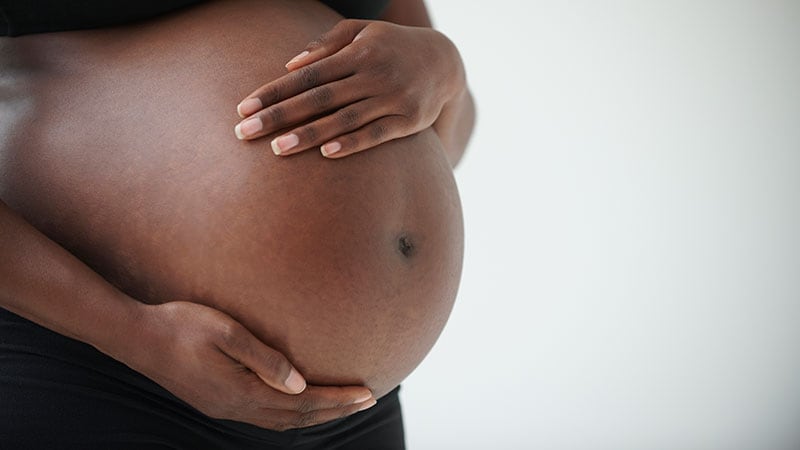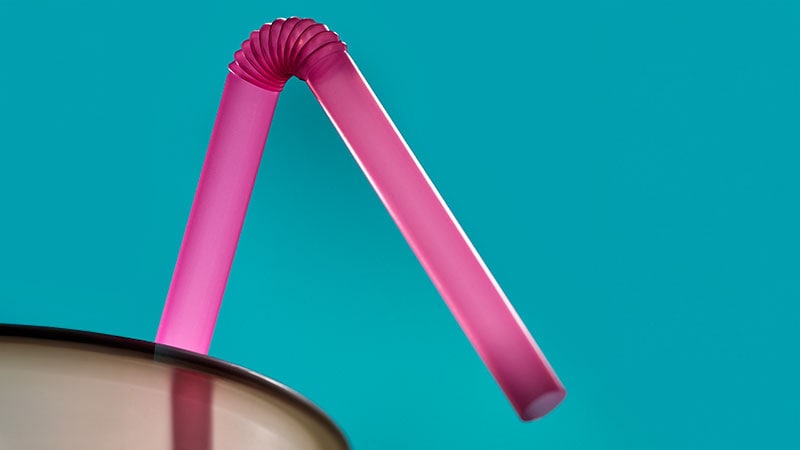The use of vitrified donor oocytes could be a safe and successful alternative to fresh oocytes. A recent study published in the journal European Journal of Obstetrics and Gynecology and Reproductive Biology, found no difference in clinical pregnancy rates, gestational age of foetus at delivery and gestational weight at birth between vitrified donor and autologous oocytes. Although live birth rates were understandably lower with vitrified oocytes vs control group, difference was not statistically significant.
This prospective case-control study was undertaken at a single in-vitro fertilisation centre in the United Kingdom. 145 egg donors underwent a stimulation cycle resulting in 1490 vitrified oocytes. 145 age-matched women who underwent intra cytoplasmic sperm injection treatment with their own oocytes (n=1528) formed the control group.
Vitrified oocytes had a survival rate of 73.6% (95% CI, 71.3-75.8). Pregnancy rate (per embryo transfer) using vitrified oocytes was 51.8% vs 59.3% in control group. Live birth rate (per embryo transfer) was 46% (95% CI, 37.4-54.7) vs 57.1% (95% CI, 48.5-65.5) in the vitrified oocyte vs control group. The live-birth rate per thawed oocyte was 4.2%. Gestational age of foetus at delivery (39.0 vs 39.1; P=.38) and gestational weight at birth (3100 vs 3232 grams; P=.28) was comparable in pregnancies with warmed oocyte vs control group.
Oocyte freezing is becoming popular among women for a variety of reasons including prior to receiving treatment for oncological conditions using gonadotoxic agents. Authors commented: “The above data will be encouraging for women who are undertaking egg freezing for medical and/or social reasons.”


